Shouguang: 'China's Hometown of Vegetables'
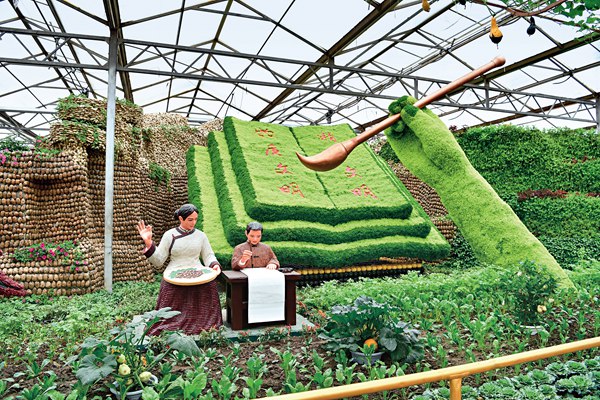 |
| [Photo by Zhang Jiamin] |
Known as "China's hometown of vegetables," Shouguang, a city in East China's Shandong Province, is the largest vegetable-distribution center in the country. In addition to its vegetables, Shouguang is known for its legends, time-honored history and agricultural tourism.
Brilliant History, Culture
According to legend, Cangjie, an official historian of Huangdi (the Yellow Emperor), was a legendary figure and the person credited with initiating Chinese civilization. Cangjie has also been credited with creating Chinese characters, in Shouguang.
Before Chinese characters were created, ancient people knotted ropes — known as the "rope-knot-tying" method — to remember things. A big knot represented a big thing, and a small knot represented a small thing. Later, symbols were carved on bamboo to record information. With the progress of civilization, things grew increasingly complicated, and such methods of recording information became inadequate for meeting people's needs.
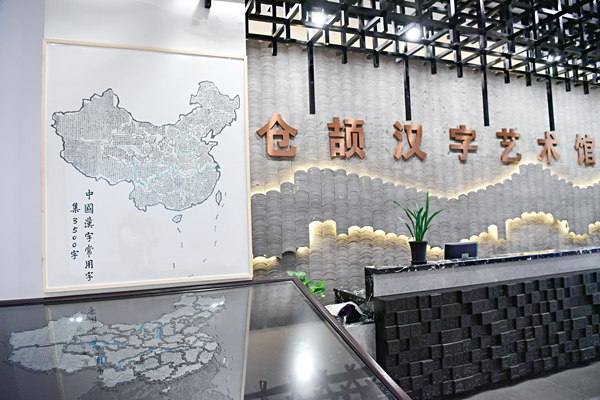 |
| [Photo by Zhang Jiamin] |
Therefore, Cangjie was determined to create a specific style of writing. It has been said he got his inspiration from the hoofprints of animals. He drew different symbols, and then assigned a meaning to each symbol. That was how the original characters were invented. Cangjie Chinese Character Art Gallery, which opened in 2022 in Shouguang, became the largest museum in China devoted to the evolution of Chinese characters. It displays the origin and evolution of Chinese characters, the wide-ranging applications of Chinese-character art, and the application of modern science and technology in Chinese-character art. In the museum's experience zone, visitors can experience ancient techniques, such as papermaking and movable-type printing.
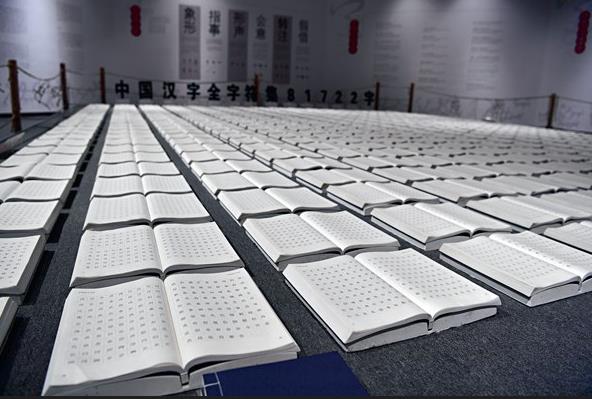 |
| [Photo by Zhang Jiamin] |
Shouguang is also the birthplace of sea salt in China. Salt production in Shouguang dates back more than 4,000 years. According to legend, Sushashi, another official of Huangdi, lived in the Shouguang area. Sushashi boiled away sea water, and he collected the white powder separated from the sea water. He discovered roast meat was much more delicious after being dipped in the powder. In this way, he discovered how to make salt, which played a key role in the evolution of human intelligence and bodies. Sushashi is considered the originator of the salt industry in China.
Shouguang is famous for having been a salt-producing area in ancient times. Many well-preserved salt-making relics, which date back to the late Shang Dynasty (1600-1046 BC), have been found in the city. The unearthed items, including stoves, flues, brine ditches and salt pits, reveal how salt-making workshops operated in ancient times. In 2014, the traditional craft of salt making was added to the list of the nation's intangible cultural heritage.
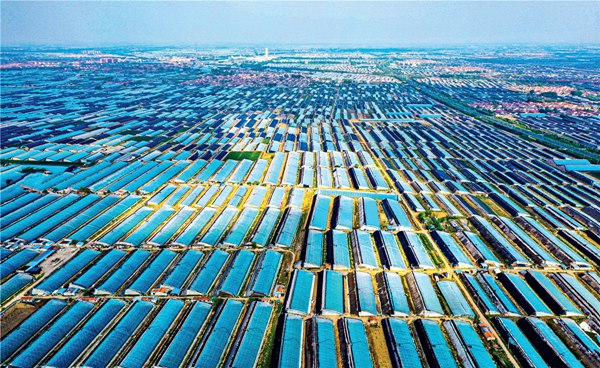 |
| [Photo by Yang Bingqin] |
Prosperous Agricultural Tourism
Relying on the solid foundation of the vegetable industry, and on advantages in agricultural science and technology, Shouguang has hosted the annual China International Vegetable Science and Technology Expo, since 2000.
Shouguang Vegetable High-Tech Demonstration Zone, a national agricultural tourism demonstration site, is home to the annual expo. This year, the main exhibition area covered 450,000 square meters, including 10 pavilions, several solar greenhouses, a picking garden, a vegetable museum and a leisure farm (where people could experience vegetable farming and harvesting). The expo highlighted vegetable culture, more than 2,000 varieties of vegetables, 80-plus kinds of advanced planting modes, and 100-plus new agricultural technologies.
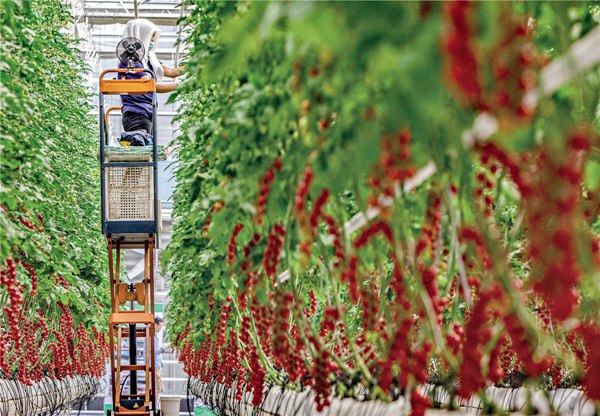 |
| [Photo by Wang Juan] |
Shouguang Vegetable Town, which covers more than 6.5 million square meters, is a demonstration base of modern and efficient agriculture. It is also a tourist attraction, where visitors can experience vegetable planting and harvesting, and where students can receive farming culture education.
Sanyuanzhu Village, located in the southernmost part of Shouguang, is a place crucial for people in North China. Why? In 1989, some villagers in Sanyuanzhu improved their old greenhouses, and transformed them into facilities where vegetables could grow in winter. The greenhouses were then promoted to other areas of China. Since then, people in northern China have eaten various kinds of fresh vegetables in winter.
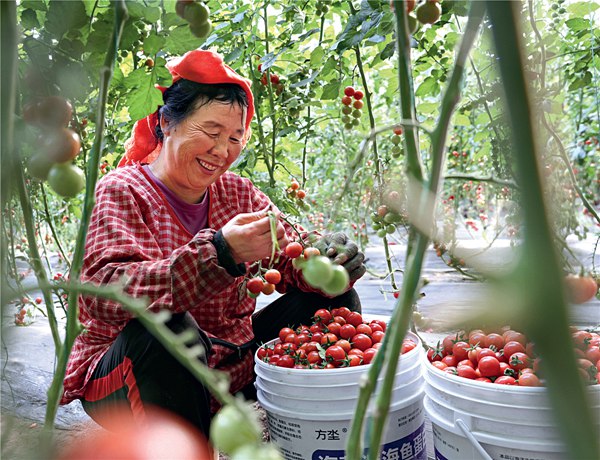 |
| [Photo by Ma Yuxia] |
It has been said Jia Sixie, one of the leading agronomists in Chinese history, wrote Qimin Yaoshu (Important Arts for the People's Welfare), during the later years of the Northern Wei Dynasty (386-534), in Sanyuanzhu. The book is the earliest surviving and most complete agricultural encyclopedia in China. In 2021, Sanyuanzhu was among the first communities designated as scenic-spot-style villages in Shandong.
Shouguang Linhai Ecological Expo Park, both a wetland and forest park, was built on coastal saline-alkali soil. Unsinkable Lake, which covers 30,000 square meters, is one of the most distinctive attractions in the park. The salinity of the lake reaches nearly 18 percent. Visitors can float on the water, and enjoy the beautiful scenery, without sinking, even if they cannot swim. The park is an example of how one can transform barren saline-alkali soil into lush landscape.
(Women of China English Monthly July 2023 issue)
Please understand that womenofchina.cn,a non-profit, information-communication website, cannot reach every writer before using articles and images. For copyright issues, please contact us by emailing: website@womenofchina.cn. The articles published and opinions expressed on this website represent the opinions of writers and are not necessarily shared by womenofchina.cn.


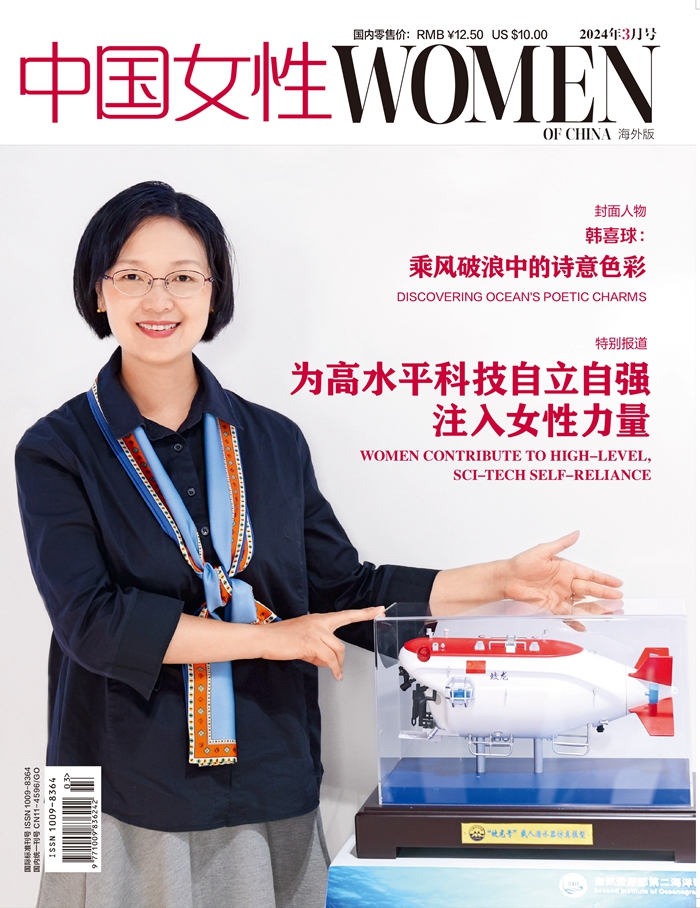

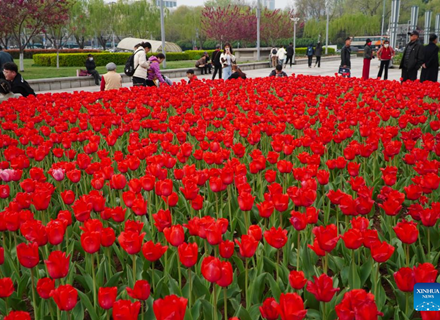
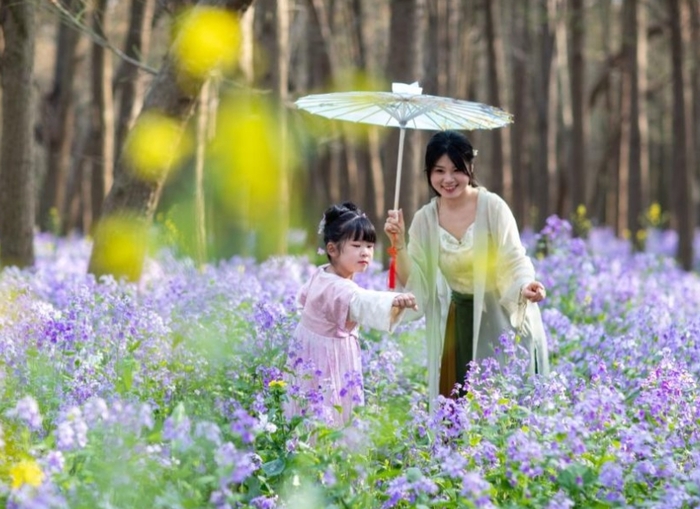


 WeChat
WeChat Weibo
Weibo 京公网安备 11010102004314号
京公网安备 11010102004314号